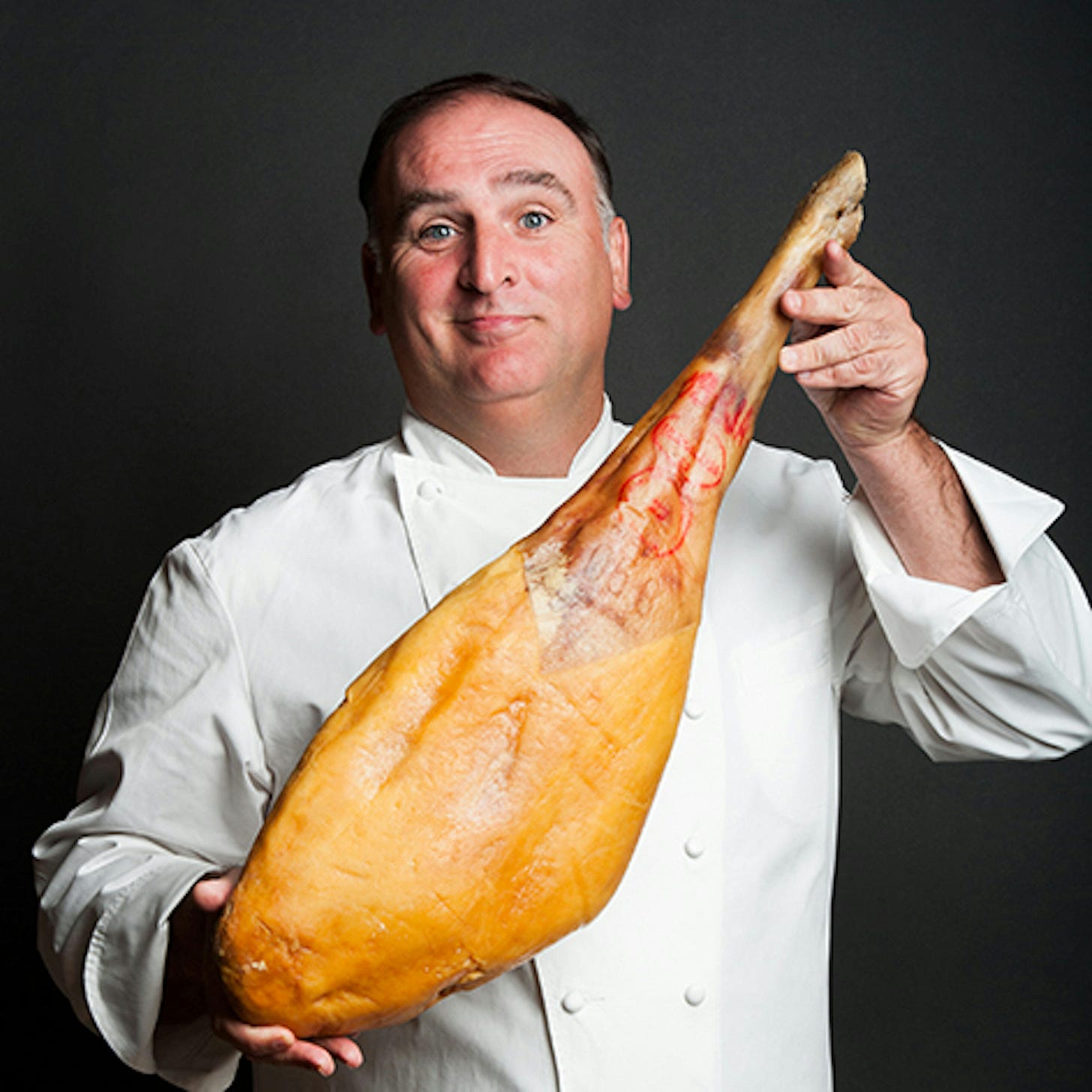
We’ve all heard the advice: skip the processed meats—bacon, hot dogs, even the beloved Boar’s Head turkey. They’re loaded with sodium, saturated fat, and nitrates—the last of which is so shady, it’s been compared to lighting up a cigarette. Maybe Sally should’ve gone with the salad.
But here’s the twist: the same nitrates that make bacon sound like a health hazard? They’re also found in kale, beets, and celery. Not to mention heart medications prescribed to improve blood flow.
So, how can one chemical be both heart-healthy and potentially harmful?
Simple: it depends on what it's paired with and how it's processed. In the right setting, nitrates can support circulation and athletic performance. In the wrong one, they can turn into something far less friendly.
And not all processed meats are created equal. Some are true nitrate bombs. Others? Surprisingly tame.
Ahead, I’ll explain exactly what turns a nitrate into a health risk—and give you a quick list of which meats to limit, which are safer, and how to build a better sandwich.
What exactly are nitrates?
Nitrates are compounds made of nitrogen and oxygen that naturally occur in our bodies. You’ll also find them in leafy greens, beets, deli meats, and even heart medications. It’s the same molecule—but how it behaves depends on where it comes from and what else it’s surrounded by.
Wait…nitrates are in medicine, too?
Yep. In certain medications, nitrates help open up blood vessels to improve blood flow, especially in people with chest pain from heart disease. Athletes are also fans: beetroot juice, which is naturally high in nitrates, has been shown to boost endurance and enhance athletic performance. When handled well, nitrates can be incredibly useful.
So what’s the issue with processed meats?
Here’s where things get tricky.
Processed meats—like bacon, sausage, ham, and deli turkey—often have added nitrates and nitrites to preserve the meat, enhance flavor, and maintain that pink color. Whether they’re synthetic or come from “natural” sources like celery powder, your body doesn’t really know the difference. Once consumed, these compounds can behave very differently than when they come from vegetables.
What Turns a Nitrate Into a Health Risk?
It all depends on what happens next.
Nitrates on their own are pretty chill. But once they enter your body, especially in the acidic environment of your stomach, they can convert into nitrites—a more reactive form.
That’s where things can take a turn. Nitrites can react with amines, naturally found in protein-rich foods like meat, to form nitrosamines—compounds that have been linked to DNA damage and cancer risk.
The plot thickens when heat enters the scene. Cooking meats at high temperatures—think frying, grilling, or charring—can accelerate this chemical reaction, increasing the likelihood that nitrosamines form. So yes, that crispy bacon might be delivering more than just crunch.
Meanwhile, veggies like spinach and beets may be high in nitrates, but they lack the amines found in meat and come packed with antioxidants that help block harmful reactions. In short, vegetables set the stage for health, not hazard.
So, are all processed meats equally bad?
Not really. Here's how they rank in terms of nitrosamine risk…
HIGHEST RISK
Hot Dogs & Sausages
High in added nitrites and fat
Often cooked at high heat (grilled, fried)
Ideal conditions for nitrosamine formation
MODERATE RISK
Deli Meats (Turkey, Ham, etc.)
Lower nitrite levels than hot dogs
Usually eaten cold = less heat = lower risk
LOWER RISK
“Uncured” or “Nitrite-Free” Meats
Many use celery powder (a natural nitrate source)
Body still converts natural nitrates to nitrites → nitrosamines
“Nitrite-free” doesn’t mean no risk
There’s one delicious exception worth mentioning: prosciutto and jamón.
Traditional hams from Europe, like prosciutto di Parma and jamón serrano or Ibérico, are made using age-old methods that don’t rely on nitrates or nitrites at all. Just salt, air, and time—often a full year or more of slow curing.
Why does that matter? Because without added nitrates, there's no need to worry about nitrosamines. These time-honored techniques naturally prevent bacterial growth without chemical shortcuts.
And while these methods have stood the test of time, European regulators are pushing things even further.
France is actively moving to phase out nitrates and nitrites in processed foods. In 2022, the French National Agency for Sanitary Safety of Food, Environment and Labor (ANSES) proposed a gradual reduction in nitrite use in cured meats and confirmed the World Health Organization’s 2015 findings that nitrite and nitrate consumption are linked to an increased risk of colorectal cancer.
Why don’t we worry about nitrates in vegetables?
Great question. Leafy greens, beets, and other veggies are also high in nitrates—but they come with a built-in defense system: antioxidants like vitamins C and E. These help block the chemical reactions that lead to nitrosamine formation.
In fact, diets rich in nitrate-containing vegetables are associated with lower blood pressure and reduced cancer risk, not higher.
Nitrates themselves aren’t bad. They can actually be beneficial.
The problem starts when nitrates become nitrites, and nitrites meet acid, heat, and protein—a combo that forms harmful nitrosamines.
This happens far more often in processed meats than in vegetables.
Cooking method matters: frying, grilling, or charring increases risk.
“Uncured” doesn’t mean “safe”—your body still converts those nitrates.
If you enjoy cured meats, try to:
Eat them less often
Avoid charring or high-heat cooking
Choose traditional options like prosciutto or jamón serrano
Load up your plate with antioxidant-rich vegetables to help counteract the effects of nitrites
Your heart—and your sandwich—will thank you for it.
















Really practical and helpful!
Great article